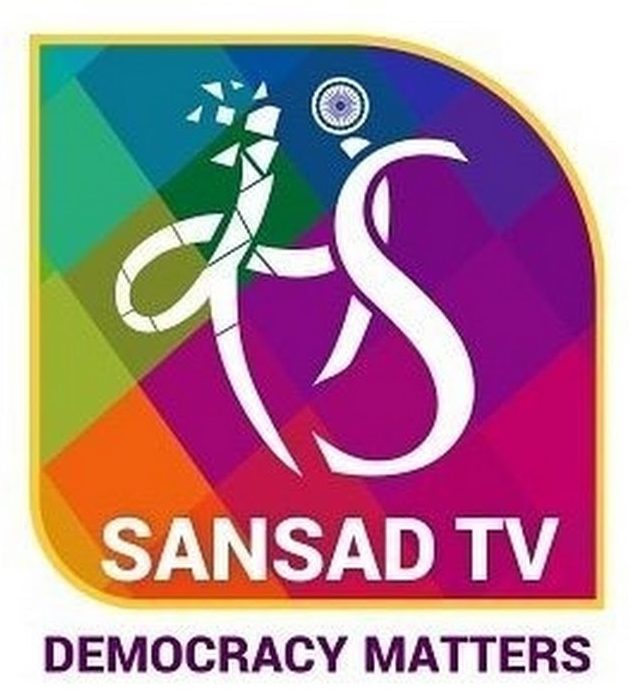[ad_1]

Introduction:
As Sri Lanka continues to grapple with its worst-ever economic crisis, the World Bank has agreed to provide 300-600 million dollars over the next four months to buy medicine and other essential items. The country’s Finance Minister Ali Sabri, who is in Washington to negotiate a rescue package with the International Monetary Fund, has informed. He said while talks with IMF will take some time, the World Bank has agreed to provide support in the meantime. He also said neighbouring India has agreed to provide 500 million dollars to purchase fuel, and negotiations are underway on an additional $1 billion from New Delhi, which has already provided a credit line of $ 1 billion. The island nation is on the brink of bankruptcy, with nearly $7bn of its total $25bn in foreign debt due for repayment this year. A severe shortage of foreign exchange means the country lacks the money to buy imported goods. Sri Lankans have endured months of shortages of essentials such as food, cooking gas, fuel and medicine, lining up for hours to buy the limited stocks available, as a result of which the country has also witnessed massive protests. The country has defaulted on all of its external debt of about $51 billion – after running out of foreign exchange for imports, calling it the last resort. So while domestic policies are largely being seen as reasons for Sri Lanka’s economic collapse, many also blame China for the unprecedented crisis in the island nation. Defaults over China’s infrastructure loans to Sri Lanka, especially the financing of the Hambantota port are being cited as factors leading to the crisis.
Debt-trap diplomacy:
- It is a term in international finance which describes a creditor country or institution extending debt to a borrowing nation partially, or solely, to increase the lender’s political leverage.
- The term was coined by Indian academic Brahma Chellaney.
- The creditor country is said to extend excessive credit to a debtor country with the intention of extracting economic or political concessions when the debtor country becomes unable to meet its repayment obligations.
- The conditions of the loans are often not publicized and benefit the lender.
- The borrowed money commonly pays for contractors and materials sourced from the creditor country.
- Although the term is most commonly associated with China, it has also been applied to theInternational Monetary Fund (IMF); both allegations, however, are disputed.
How does China’s debt trap diplomacy work?
How countries are being trapped?
There are several advantages or concessions that China asks for in exchange for debt relief.
- Sri Lanka was forced to hand over control of the Hambantota port project to China for 99 years, after it found itself under massive debt owed to Beijing. This allowed China control over a key port positioned at the doorstep of its regional rival India, and a strategic foothold along a key commercial and military waterway.
- In exchange for relief, China constructed its first military base in Djibouti. Whereas Angola is replaying multibillion-dollar debt to China with crude oil, creating major problems for its economy.
What are these concessional loans granted by China?
- The ‘concessionality’ factor is achieved either by offering interest rates that are below the market rates or leniency in the grace period, and often with a combination of both.
- These loans generally have long grace periods.
Has India taken any loans from China?
- India has not entered into any loan agreement directly with China.
- However, it has been the top borrower of Asian Infrastructure Investment Bank (AIIB), a multilateral bank wherein China is the largest shareholder (26.6% voting rights) and India the second (7.6% voting rights) among other countries.
How is the debt trap affecting India, then?
- Most of India’s neighbours have fallen prey to China’s debt trap, and ceded to China’s $8 tn project – One Belt One Road Initiative (OBOR) which seeks to improve connectivity among countries in Asia, Africa and Europe.
- Many nations have ceded control over strategic sea ports which can affect India’s regional security.
- China through OBOR can increase India’s political cost of dealing with its neighbours because Kashmir, which India considers its part is also used in OBOR by Pakistan.
- Kautilya, the famous India theorist on statecraft, suggests it is important to monitor and contain the activities of the state’s “enemy” and its diplomacy through engagement and cooperation rather than war.
- Brahma Chellany, India’s leading China expert, writes in The Japan Times: “Indeed, by working to establish its dominance along the major trade arteries, while instigating territorial and maritime disputes with several neighbors, China is attempting to redraw Asia’s geopolitical map.”
- In The Times of Central Asia, James Dorsey informs that a leaked long-term plan for China’s massive $56-billion investment in Pakistan exposes the goals of Beijing’s One Belt, One Road initiative as a “ploy for economic domination, the creation of surveillance states, and allowing China to influence media landscapes.”
[ad_2]

